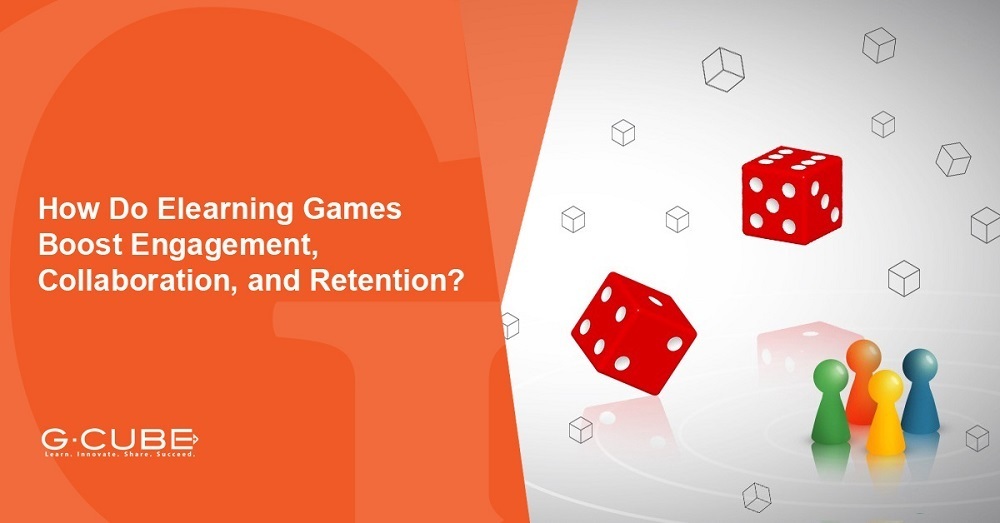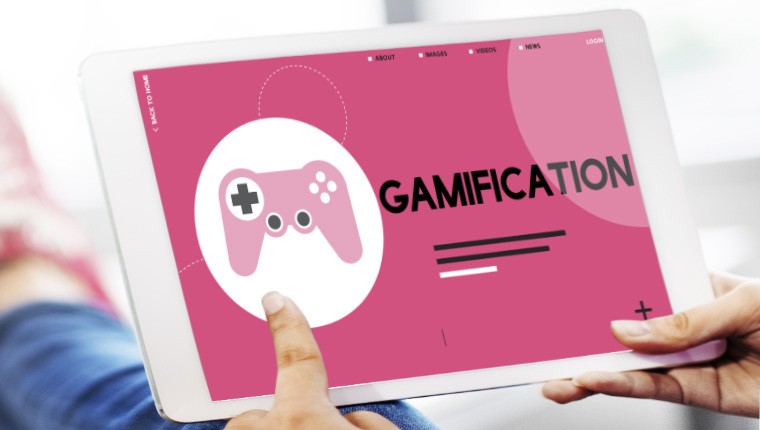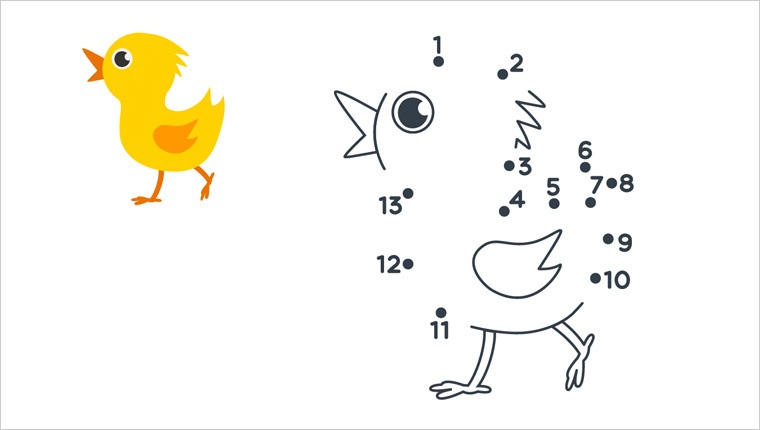Search for...
#Gamification Bookmarks
Published Bookmarks
 How eLearning Games Boost Engagement
How eLearning Games Boost Engagement
eLearning games are gaining popularity as the new way of engaged learning for modern corporates. It aids trainers and educators to engage and encourage participants to access courses.
 Microlearning And Gamification, A Healthy Mix For Ages
Microlearning And Gamification, A Healthy Mix For Ages
Want to know how to make microlearning and gamification a healthy mix? Read our article Microlearning And Gamification, A Healthy Mix For Ages.
 Unique Gamification Solutions For Better Learning Outcomes
Unique Gamification Solutions For Better Learning Outcomes
Looking for better learning outcomes by using gamification techniques? Read our article Unique Gamification Solutions For Better Learning Outcomes.
 4 Common Misconceptions Of Gamification Dispelled
4 Common Misconceptions Of Gamification Dispelled
There are quite a few misconceptions surrounding eLearning gamification. Here’s an article that attempts to dispel the myths.
 Create Interactive Content With H5P In Moodle LMS
Create Interactive Content With H5P In Moodle LMS
This blog is based on how H5P enhances Learner Experience by sharing and reusing eLearning content in Moodle LMS.
 Rising Scope Of Gamification For Corporate Training
Rising Scope Of Gamification For Corporate Training
Gamification is now a trending buzz which is why organizations are incorporating interactive gaming elements in their eLearning programs.
 3 Ways Games Are Good For Your Health
3 Ways Games Are Good For Your Health
We’ve seen a rapid increase in gamification and gamified learning, particularly in training and customer outreach. Despite this surge in popularity, games carry the stigma of being something that happens outside of work which makes it tricky to communicate their usefulness as a learning technology.
 5 Killer Examples On How Gamification In The Workplace Is Reshaping Corporate Training
5 Killer Examples On How Gamification In The Workplace Is Reshaping Corporate Training
5 killer examples on how gamification in the workplace is reshaping corporate training.
 How Do eLearning Games Cater Training Needs of BFSI?
How Do eLearning Games Cater Training Needs of BFSI?
Elearning games play a significant role when there is a need to engage, encourage, and retain employees of banking and finance industry.
 Game-based Learning in eLearning Decoded for You!
Game-based Learning in eLearning Decoded for You!
What is game-based learning? Are game-based eLearning and gamified eLearning the same? What goes into an online game-based course? Explore in this blog!
Submit Bookmark






